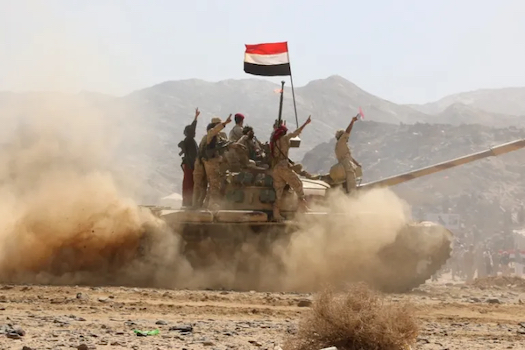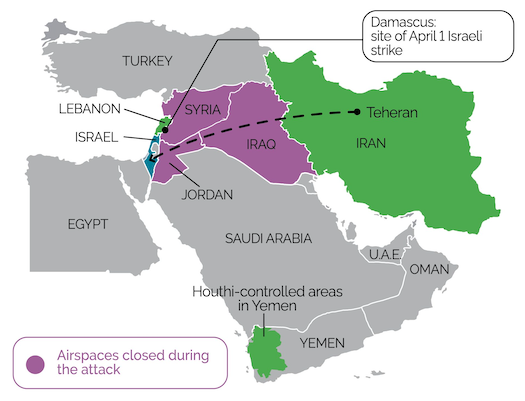Why a Remote Yemeni Group is Suddenly on Washington’s Radar
New York, N.Y. — The Stewardship Report‘s primer – The Houthi Threat Explained for Americans.
Who Are the Houthis?
The Houthis, formally known as Ansar Allah, are a Zaidi Shia militant group that has controlled much of northern Yemen since 2014. Backed by Iran, they have fought a brutal civil war against a Saudi-led coalition supporting Yemen’s internationally recognized government.
This conflict has caused one of the world’s worst humanitarian crises, with millions facing famine.
Why Are They Attacking Ships?
Since November 2023, the Houthis have launched drone and missile strikes against commercial vessels in the Red Sea, a critical shipping lane linking Europe and Asia via the Suez Canal. The group claims its attacks are in solidarity with Palestinians amid the Israel-Hamas war, though many targeted ships have no Israeli ties. Analysts say the Houthis aim to pressure the U.S. and its allies while bolstering their regional influence.

Impact on Global Trade
The Red Sea handles about 12% of global trade, including oil, grain, and consumer goods. Major shipping companies like Maersk and Hapag-Lloyd have rerouted vessels around Africa, adding 10-14 days to transit times and increasing costs. Insurance premiums for Red Sea voyages have spiked, potentially raising prices for goods in the U.S. and Europe. The Biden administration had warned that such prolonged disruptions could strain the global economy.
U.S. and Allied Response
In December 2023, the U.S. launched Operation Prosperity Guardian, a multinational naval coalition to protect shipping. Since January, American and British forces have conducted airstrikes on Houthi missile sites in Yemen. While the Pentagon says strikes have degraded Houthi capabilities, the group remains defiant, vowing to continue attacks. Critics argue military action alone won’t resolve the crisis without addressing Yemen’s underlying conflict.

Could This Lead to a Wider War?
The Houthi attacks—and U.S. counterstrikes—risk escalating regional tensions. Iran denies direct control over the group but supplies weapons and intelligence.
If Houthi strikes cause significant casualties or a major oil spill, pressure could grow for a stronger U.S. response, potentially dragging Washington deeper into Middle East conflicts.
However, the Biden administration insisted it sought to avoid a broader war.

What This Means for Americans
While the Red Sea seems distant, disruptions could hit U.S. consumers through:
- Higher shipping costs leading to pricier imports (e.g., electronics, clothing).
- Oil price volatility if attacks spread to energy shipments.
- Longer-term security risks if the Houthis inspire other Iran-backed groups.
The crisis also complicates U.S. diplomacy, balancing support for Israel with efforts to stabilize Yemen and contain Iran.
The Houthi threat in the Red Sea underscores how regional conflicts can ripple across the globe. For Americans, the stakes include economic stability and the risk of deeper military entanglement. Whether through diplomacy, deterrence, or addressing Yemen’s civil war, resolving the crisis will require more than just naval patrols.
From Yemen to the Red Sea: Houthi Threat Explained for Americans (March 17, 2025)